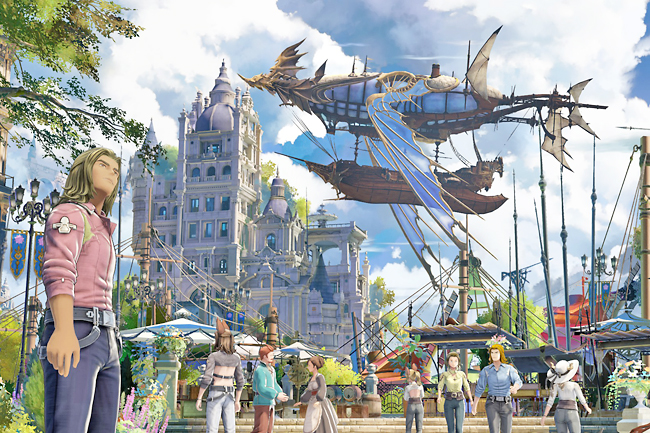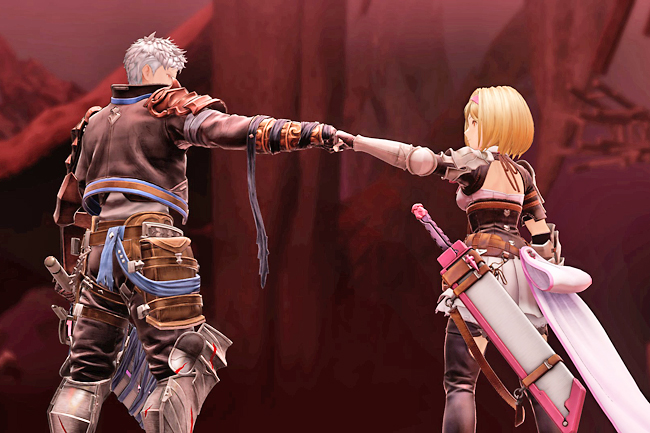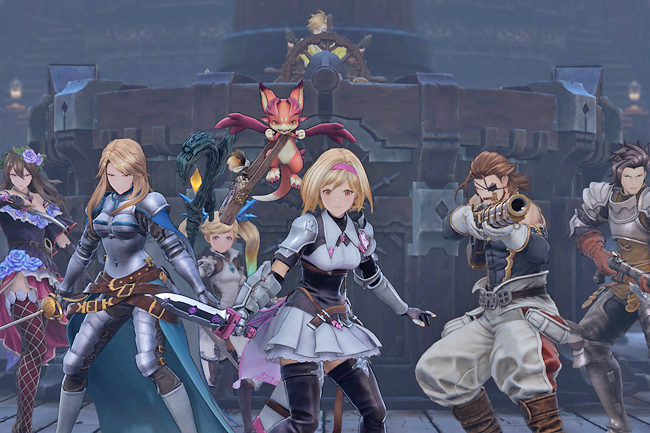In the vast gaming world where the most popular mobile games are mostly made of gacha games, one such series that started life as a gacha game was Granblue Fantasy which has since slowly diversified from its roots into its latest release; Granblue Fantasy Relink.
Having been released a decade ago in March 2014, Granblue Fantasy which Cygames developed, quickly amassed a devoted following.
From its compelling narrative, stunning artwork, and engaging turn-based combat system. Set in the mystical world of Granblue, players embark on a grand adventure alongside a diverse cast of characters, each with their unique abilities and backstories.
This story is still unfolding in 2024 as the game continues to operate as a gacha and live-service game, but that did not stop Cygames from diversifying the series into other forms, from an anime adaptation in 2017 to a fighting game spin-off Granblue Fantasy Versus and its sequel Granblue Fantasy Versus: Rising.
One such recent release was their hotly anticipated action role playing game (RPG), Relink, released in February 2024, and has been in development for more than seven years starting with the famed Platinum Games, before Cygames decided to fully develop the game in-house.



For players such as myself who have no prior knowledge of the world of Granblue Fantasy, Relink does its best to introduce the terminology and characters to the players with an on-screen prompt to bring up the glossary that gives more details into certain keyword or phrase used by the characters.
A far cry from its original form as a turn-based role-playing game, Relink favours a more action-oriented approach with many comparing it to a faster-paced Monster Hunter with frantic action flair seen in games such as Bayonetta or Devil May Cry.
This is then combined with the short but epic story that while filled with classic anime tropes, thrusts players as a party of four members through over-the-top set pieces featuring large-scale bosses, each with their phases and attack patterns that players must learn and adapt to.
In addition to learning the boss’ moves and behaviours, players will also have a blast learning and mastering the many characters available.
The game first gives players a taste of this variety with the main cast of crew from the Grandcypher which is unlocked from the start.
Players will soon have the option to unlock more characters, totalling 20, each with their unique traits and moveset.
From the methodically building stacks to charge a large area of damage Stargaze attack by Io, to Zeta being the aerial assault specialist that requires timing to pull off her moves, each character complements and provides a decent diversity and challenge to approach the obstacles the game provides.
Furthermore, each character is also quite fleshed out with their dedicated Fate Episode.
However, the experience is mostly shown through text boxes and art, with two instances of combat sprinkled in between, which some players might find jarring when compared to the epic set pieces of the main story.
This is coupled with an immersive village and city, Folca and Seedhollow, that serve as the player’s hub. Here, players can upgrade their gear and weapons, as well as accept quests.
Each locale oozes with charm, with villagers, NPCs, and even the player’s unlocked but not chosen characters found roaming the streets. This helps make the world feel alive and lived in.
Despite the short main story, which clocks in at around 10 hours, it is all done to prepare players for the eventual endgame content, where most of the player’s time will be spent.
The same party of four members from the main story campaign is also used to tackle the quests, which range from one-on-one boss battles to large-scale battles that require players to clear the arena.
The beauty of post-story content is that it can be completed offline or with friends or strangers online, with the latter providing incentives in the form of tokens that can be exchanged for materials.
While the content and quests can be varied in the post-story, the end-game grind does eventually creep up as materials start becoming a chore to acquire, necessitating the need to repeat quests which some may find rewarding, which is in addition to levelling up the characters.
This is where many have compared the grind to Monster Hunter, where players seek to acquire the materials to level up their gear and weapons, enabling them to tackle higher-tier challenges for higher-tier materials.
These encounters serve as a reward for players who have properly strategised and built up
their characters.
Moreover, knowing that more updates with similar content will be coming in the next two months adds to the excitement for dedicated players.
Despite these minor shortcomings in the endgame, Relink stands out as a prime example of how a company can approach a series that originated as a gacha game.
Its success also sets a positive example for other gacha games. It demonstrates how they can expand into other genres without relying on the predatory practices often linked with gacha games. – Daniel Lim





